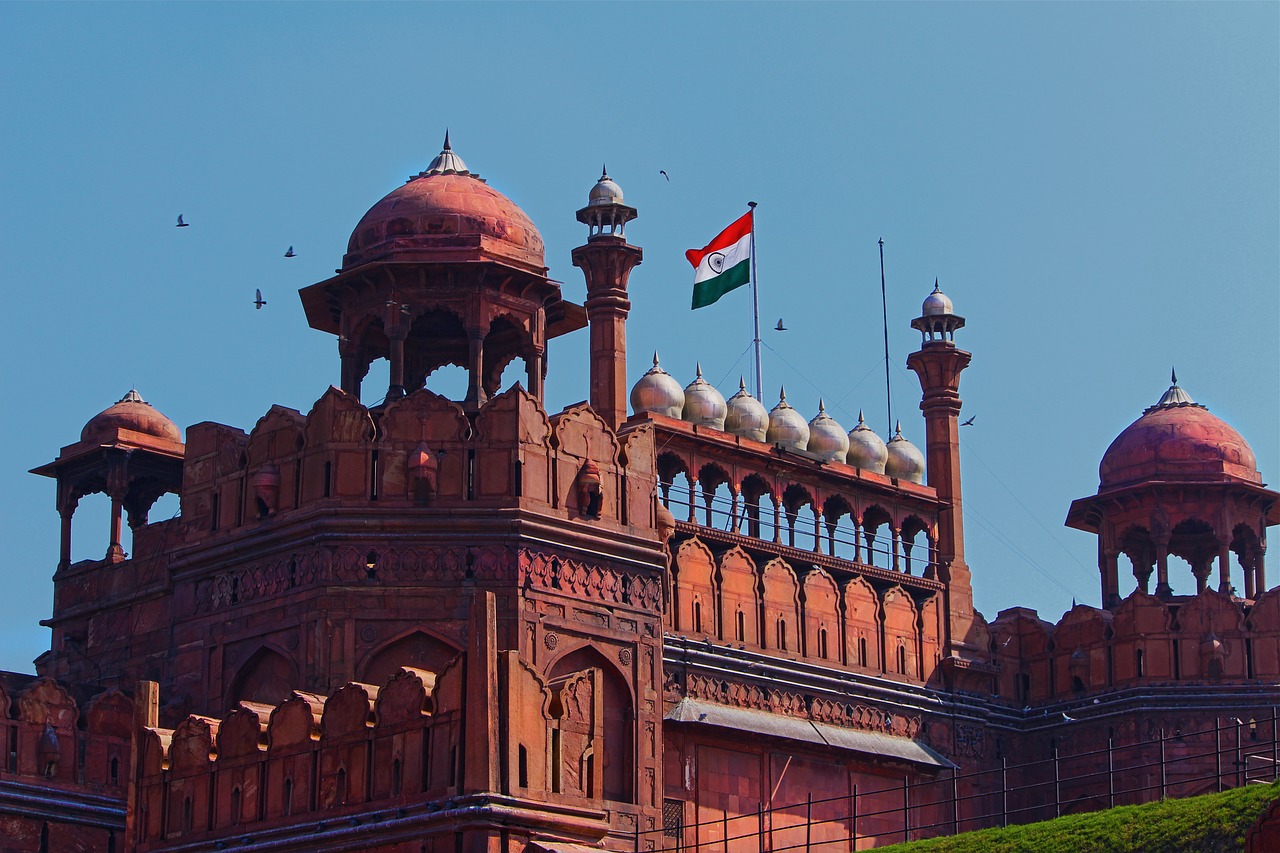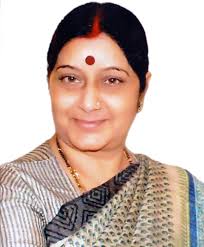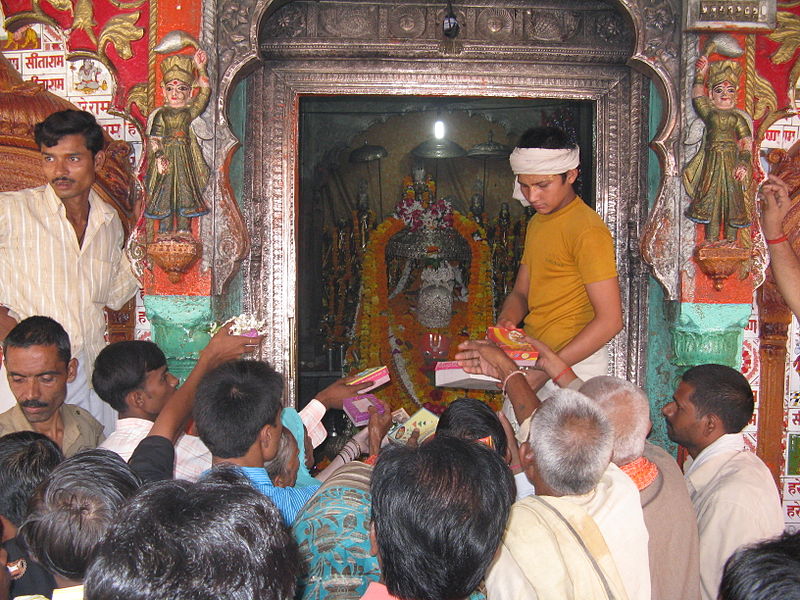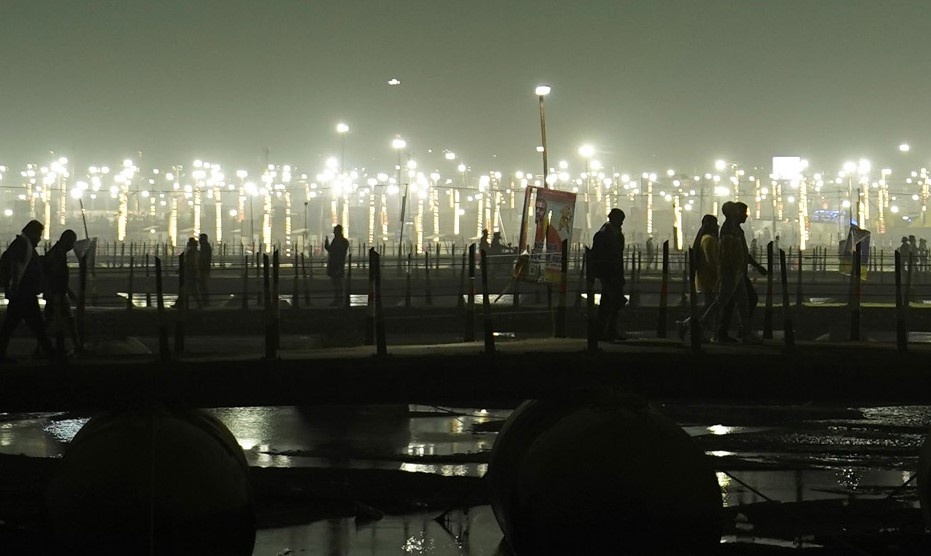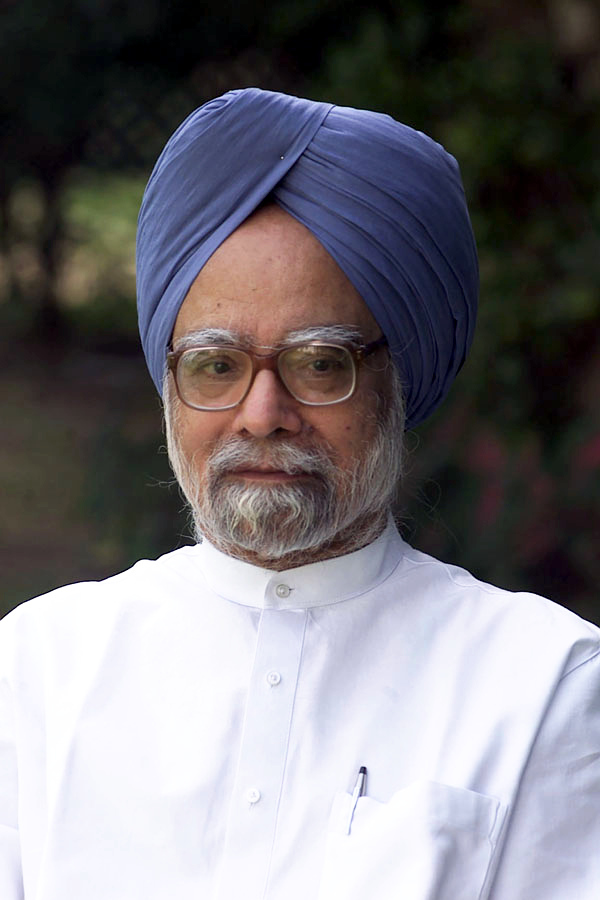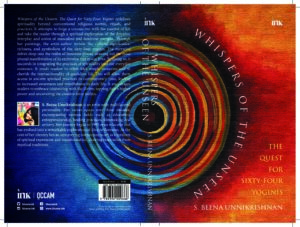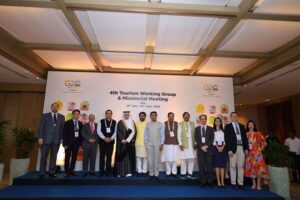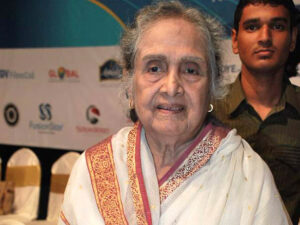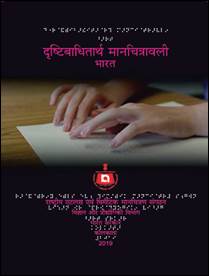Bonanza for babus to cost exchequer over Rs 1 lakh cr
Ravi Shanker Kapoor | June 29, 2016 11:29 pm
The Cabinet on Wednesday approved the 7th Pay Commission’s recommendations increasing the incomes of about one crore Central government employees and pensioners, resulting in an outgo of Rs 102,100 crore for this fiscal. A minimum pay of Rs 18,000 per month has been accepted, while the upper ceiling is Rs 225,000 a month.
The recommendations were cleared at a cabinet meeting chaired by Prime Minister Narendra Modi. They will come into effect from January 1 this year. There will be an additional implication of Rs 12,133 crore on account of payments of arrears of pay and pension for two months of 2015-16, said an official press release.
The recommendations will benefit over 47 lakh Central government employees and 53 lakh pensioners, of which 14 lakh employees and 18 lakh pensioners are from the defence forces.
The minimum pay has been increased from Rs 7,000 to 18,000 per month. The starting salary of a newly-recruited employee at the lowest level will now be Rs 18,000, whereas for a freshly recruited Class I officer it will be Rs 56,100. This reflects a compression ratio of 1:3.12 signifying that the pay of a Class I officer on direct recruitment will be three times the pay of an entrant at lowest level.
The Cabinet also approved the recommendation of the Commission to enhance the ceiling of house building advance from Rs 7.50 lakh to 25 lakh. In order to ensure that no hardship is caused to employees, four interest-free advances—namely, advances for medical treatment, travel allowance on tour/transfer, travel allowance for family of deceased employees, and LTC—have been retained. All other interest-free advances have been abolished.
The present system of pay bands and grade pay has been dispensed with and a new pay matrix, as recommended by the Commission, has been approved. The status of the employee, hitherto determined by grade pay, will now be determined by the level in the pay matrix. Separate pay matrices have been drawn up for civilians, defence personnel, and the Military Nursing Service. The principle and rationale behind these matrices are the same.
All existing levels have been subsumed in the new structure; no new levels have been introduced nor has any level been dispensed with. Index of Rationalisation has been approved for arriving at minimum pay in each Level of the Pay Matrix depending upon the increasing role, responsibility and accountability at each step in the hierarchy.
For the purpose of revision of pay and pension, a fitment factor of 2.57 will be applied across all levels in the pay matrices.
The rate of increment has been retained at 3 per cent. This will benefit the employees in future on account of higher basic pay as the annual increments that they earn in future will be 2.57 times than at present.
The Cabinet approved further improvements in the defence pay matrix by enhancing the Index of Rationalization for Level 13A (Brigadier) and providing for additional stages in Level 12A (Lieutenant Colonel), 13 (Colonel) and 13A (Brigadier) in order to bring parity with Combined Armed Police Forces (CAPF) counterparts at the maximum of the respective Levels.
Some other decisions impacting the employees including Defence & Combined Armed Police Forces (CAPF) personnel include:
Gratuity ceiling enhanced from Rs. 10 to 20 lakh. The ceiling on gratuity will increase by 25 % whenever DA rises by 50 %.
a A common regime for payment of ex-gratia, lump-sum compensation for civil and defence forces personnel payable to next of kin with the existing rates enhanced from Rs 10-20 lakh to 25-45 lakh for different categories;
a Rates of Military Service Pay revised from Rs 1,000, 2,000, 4,200 and 6,000 to 3,600, 5,200, 10,800 and 15,500 respectively for various categories of Defence Forces personnel;
a Terminal gratuity equivalent of 10.5 months of reckonable emoluments for Short Service Commissioned Officers who will be allowed to exit Armed Forces any time between seven and 10 years of service.
a Hospital leave, special disability leave, and sick leave subsumed into a composite new leave named ‘Work-Related Illness and Injury Leave’ (WRIIL). Full pay and allowances will be granted to all employees during the entire period of hospitalization on account of WRIIL.
However, the Cabinet disapproved the steep hike in monthly contribution towards the Central Government Employees Group Insurance Scheme (CGEGIS) recommended by the Commission. The existing rates of monthly contribution will continue. This will increase the take-home salary of employees at lower levels by Rs 1,470. However, considering the need for social security of employees, the Cabinet has asked the Ministry of Finance to work out a customized group insurance scheme for Central government employees with low premium and high risk cover.
The Commission examined a total of 196 existing allowances and, by way of rationalization, recommended abolition of 51 allowances and subsuming of 37 allowances. Given the significant changes in the existing provisions for allowances which may have wide-ranging implications, the Cabinet decided to constitute a Committee headed by Finance Secretary for further examination of the recommendations of 7th CPC on Allowances. The Committee will complete its work in a time-bound manner and submit its reports within a period of four months. Till a final decision, all existing Allowances will continue to be paid at the existing rates.
The Cabinet also decided to constitute two separate Committees (i) to suggest measures for streamlining the implementation of National Pension System (NPS), and (ii) to look into anomalies likely to arise out of implementation of the Commission’s report.
Apart from the pay, pension, and other recommendations approved by the Cabinet, it was decided that the concerned Ministries may examine the issues that are administrative in nature, individual post/ cadre specific and issues in which the Commission has not been able to arrive at a consensus.

